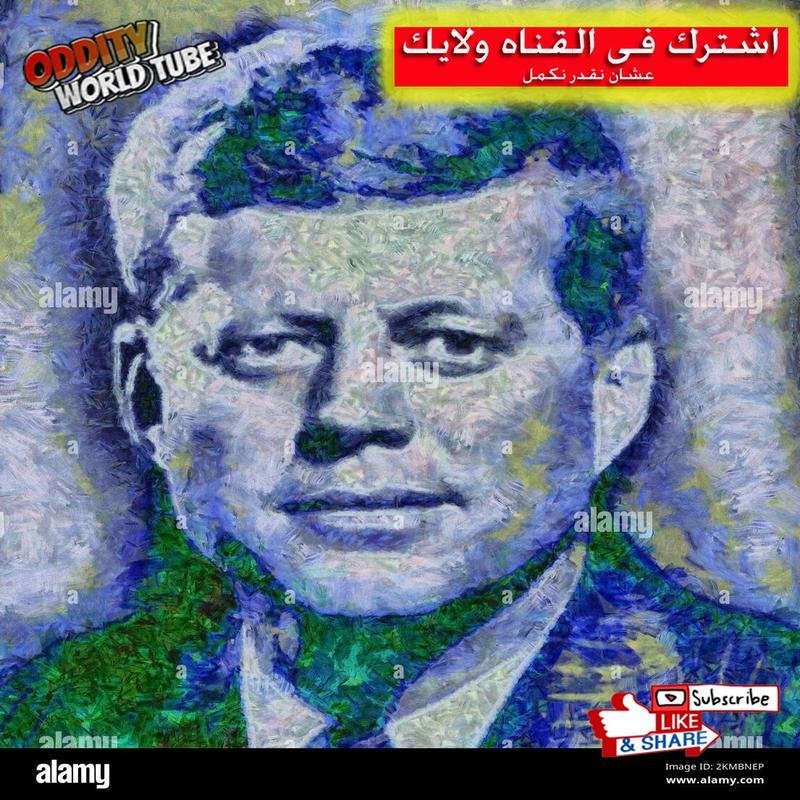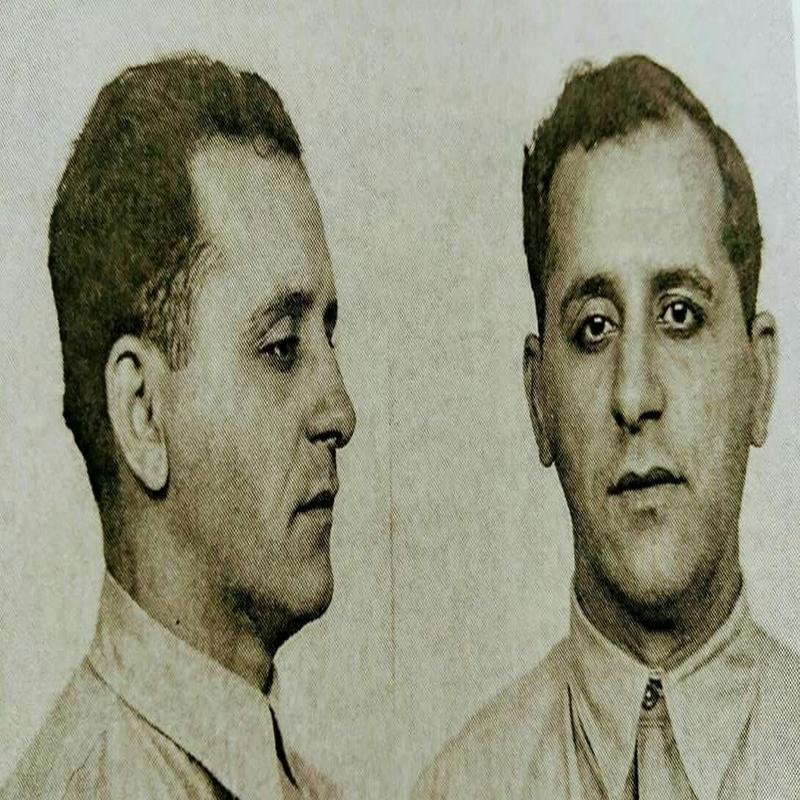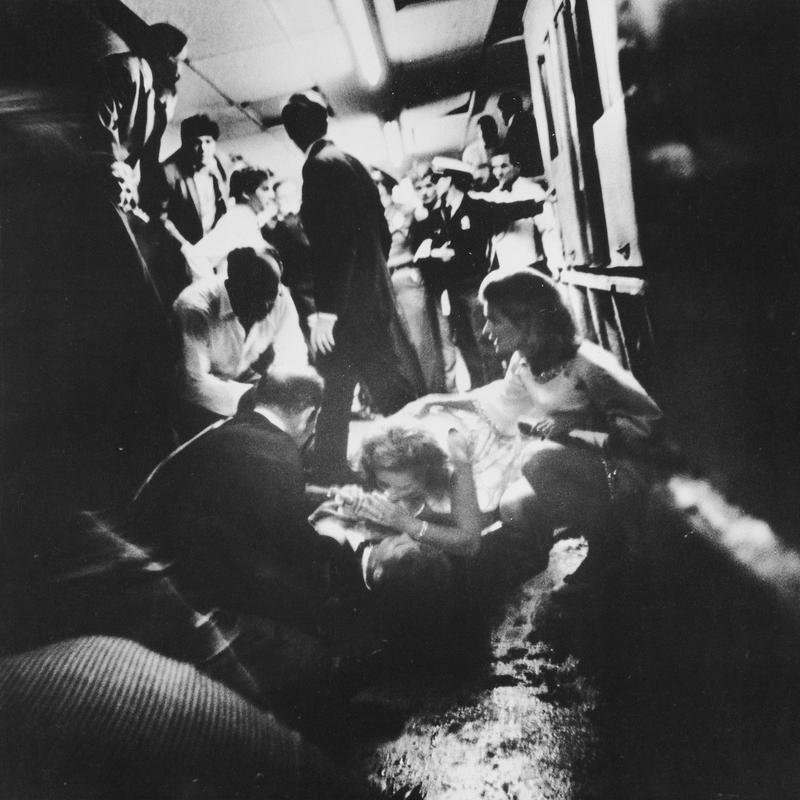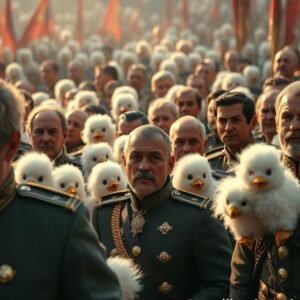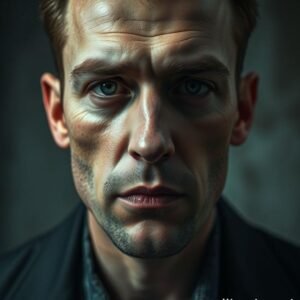The 5 Most Bizarre Conspiracy Theories Surrounding the Kennedy Assassination: Conspiracy or Hoax? 🤯
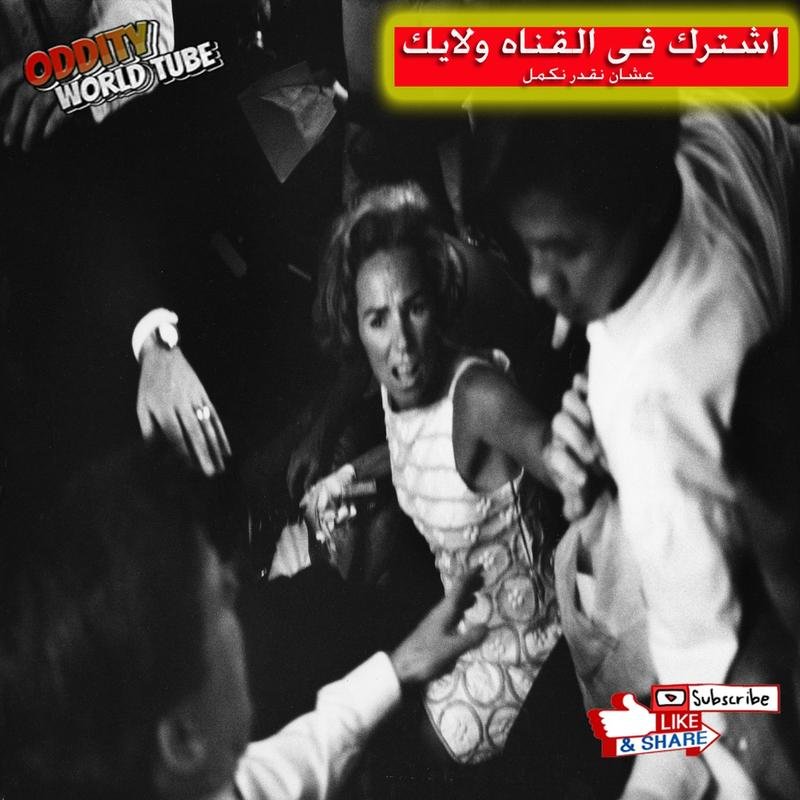
JFK Assassination: 5 Wildest Conspiracy Theories
In the summer of 1963, President John F. Kennedy, the 35th President of the United States, confronted a complex array of challenges, including the ongoing Cold War, escalating domestic racial tensions, and intensifying conflicts in Vietnam. Unbeknownst to him, his ultimate challenge would prove to be his last. On November 22nd, in Dallas, Texas, President Kennedy was tragically assassinated during his motorcade. However, this event marked only the beginning of a protracted and controversial narrative.
The circumstances surrounding the assassination immediately engendered suspicion. Lee Harvey Oswald, a former Marine and employee of the Texas School Book Depository, was apprehended shortly thereafter and charged with the murder. Before he could testify, however, Oswald was fatally shot by Jack Ruby, a nightclub owner, during a live televised event. Oswald’s death ignited widespread speculation, giving rise to numerous conspiracy theories.
1. The Mafia Connection
One prominent theory implicates the Mafia, a powerful organization with significant political and economic influence in the 1960s. Proponents of this theory allege that Kennedy, having pledged to combat organized crime, betrayed the Mafia after they purportedly assisted in his election. Figures such as Sam Giancana, head of the Chicago Outfit, and Carlos Marcello, boss of the New Orleans crime family, are frequently cited in this context. Alleged evidence includes purported connections between Ruby and the Mafia, as well as veiled threats reportedly made by Mafia leaders prior to the assassination. The question remains whether these were mere coincidences or compelling evidence of their involvement.
2. The Second Shooter
A second theory posits the existence of a second shooter. The Warren Commission, established to investigate the assassination, concluded that Oswald acted alone. However, numerous witnesses maintained that they heard gunfire originating from a location distinct from the School Book Depository. The Grassy Knoll, a small hill overlooking Dealey Plaza, became a focal point of this theory. Some assert that another sniper was positioned there, firing at Kennedy concurrently with Oswald. Analysis of bullet trajectories, conflicting witness accounts, and meticulously scrutinized video footage present contradictory evidence, making definitive confirmation of a second shooter elusive.
3. Flaws in the Warren Commission Report
A third theory centers on inconsistencies within the Warren Commission’s report itself. The report, released after a ten-month investigation, remains a subject of controversy. Critics cite perceived flaws in the investigation, the dismissal of crucial evidence, and unconvincing explanations for certain events. For example, the trajectory of the “magic bullet,” which allegedly struck both Kennedy and Governor Connally, has sparked considerable debate due to its improbable path. Furthermore, the testimony of some key witnesses was reportedly altered or disregarded, raising concerns about the integrity of the investigation.
4. The CIA’s Involvement
A fourth theory implicates the Central Intelligence Agency (CIA). Kennedy reportedly had a strained relationship with the CIA, particularly following the failed Bay of Pigs invasion in Cuba in 1961. Some allege that the agency feared Kennedy intended to dissolve it or curtail its powers, leading to a decision to eliminate him. Alleged evidence includes the purported involvement of former CIA operatives in the assassination, the agency’s demonstrated capacity to plan and execute covert operations, and potential motives. The question remains whether these are mere speculations or evidence of CIA involvement in the assassination of its own president.
5. The KGB’s Role
A fifth theory focuses on the Soviet Union, specifically the KGB. During the Cold War, the United States and the Soviet Union were on the brink of nuclear war. Some allege that the KGB feared Kennedy posed a threat to Soviet security, leading to a decision to eliminate him. Alleged evidence includes Oswald’s purported connections to the Soviet Union, the KGB’s demonstrated capacity to carry out assassinations abroad, and potential motives. The question remains whether the Soviet Union was involved in Kennedy’s assassination or whether this is another unfounded conspiracy theory.
Six decades after the assassination, questions persist. Declassified documents released over the years have provided limited clarity and, in some cases, have added to the confusion. The truth, it appears, may remain obscured by layers of alleged cover-up, deception, and speculation. Ultimately, Kennedy’s assassination remains a perplexing enigma, a testament to the enduring power of doubt and suspicion in the aftermath of a tragic event. Whether it was a complex conspiracy involving clandestine forces or the act of a lone, disturbed individual, the legacy of the assassination will forever resonate in American history.
The fundamental questions remain: who killed Kennedy, why, and what circumstances facilitated the event? These questions may never be definitively answered. However, the pursuit of truth, however challenging, remains a defining characteristic of humanity, underscoring the importance of critical inquiry and skepticism in a world often shrouded in secrecy.
